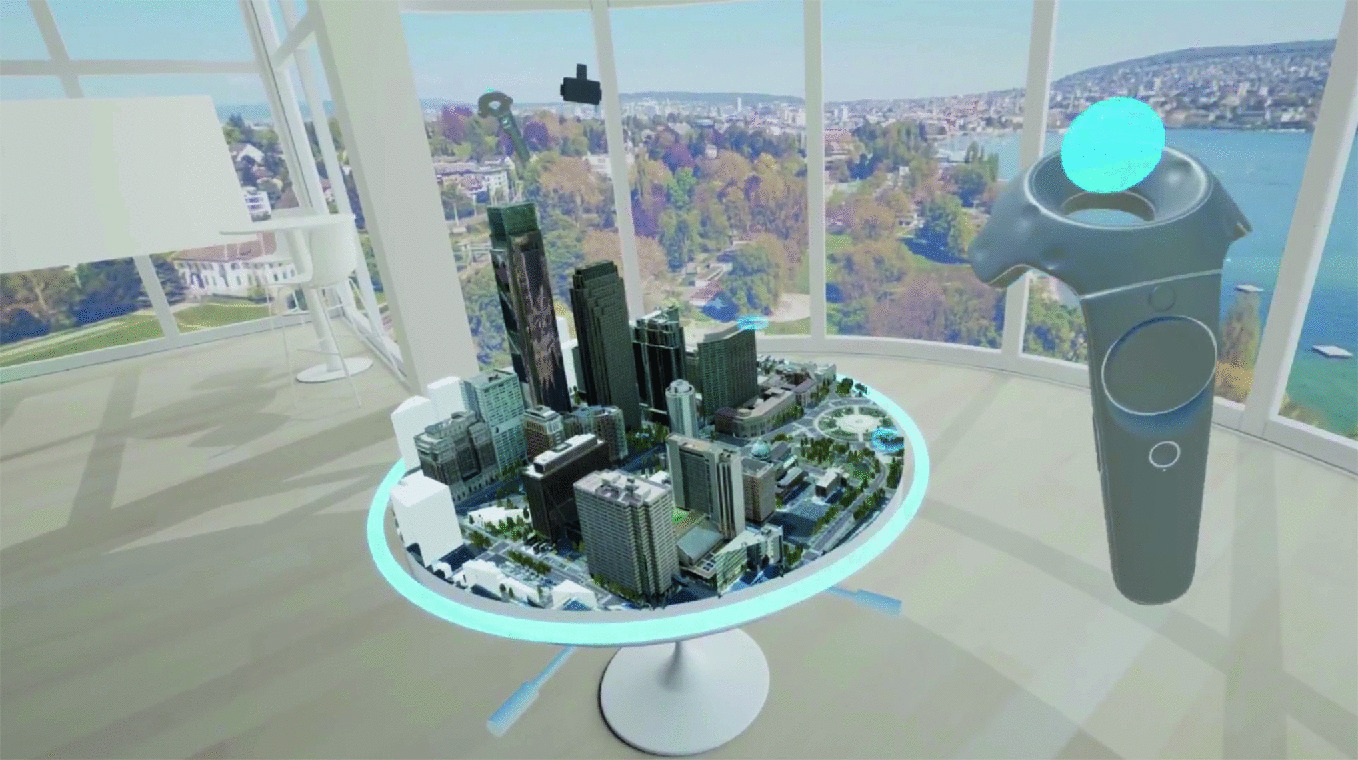

ArcGIS CityEngineĪs you will see, CityEngine can be used in multiple contexts, disciplines, and planning phases for your projects. Putting all of these rules together, you get the final untextured simple building: Feedback-loops with clients are easily managed by sharing the proposed design options via CityEngine WebScene. We can now easily customize the design by changing the attributes in the Inspector. CityEngine is particularly well suited to deal with such processes of iterative nature. Now we are ready to zoom in further and design the exterior space our attempt on landscape architecture right at the entrance of the development area. Using the operation s x,y,zthe size of the scope can be set in the Wall rule. The following image shows the rule set applied to arbitrary mass models: In this tutorial, the rules are already provided. What this simplified example covers in about two hours would take several months up to several years in reality. Selects all objects completely within the selection rectangle. While the Selection Tool is active, press Ctrl and Shift to either add or subtract from your selection. If the dimensions are not set the same as the Window or Door rule, the sizes are adapted automatically-otherwise the given dimensions are used. The following figures depict the extruded mass model first and the described decomposition into floors and tiles below. The building now has a random height value of For this purpose, we are using a fictitious example of a development area with nine building plots in the center of a city. The left-to-right rectangular selection is usually used to select tiny objects such as single Street Graph Nodes when there are many objects occupying the same space. It should look similar to the following screen shot: The subdivision split is performed in the same way to assure that the floor heights are in sync with the front facade. The default folders that store your project data, such as assets, rules, and scenes, are already present, though empty.

This subdivision scheme can be implemented in the CGA shape grammar as follows: The result of this section will look like the following image: We now can dig deeper and work out more details, with more precisely placed buildings and better overall designs. Essential Skills project, which you should already have linked to your workspace. Notice tjtorial in the scene, there is already a small test shape layer Footprint that we can use as a locator indicated in green in the next screenshot to place a building. Finally, designers can adjust the result in detail by employing real-time calculation and interactive operation.Tutorial PDF. After integrating design factors such as an environment, transportation, and vision and summarizing the intentions of blocks and buildings in corresponding functions and control indexes, the initial generation plan was built by applying the obtained characteristics and procedural rules in specific shape grammar. Furthermore, in a real urban design case located in Nanjing, this work applies the method to construct a three-dimensional scene quickly and accurately. With the top-down control by rules and bottom-up generation by shape grammar in CityEngine, the texture of the block can be generated as close to the actual block as possible. Second, the relevant composition patterns and parameters were employed as features for classification and were converted into procedural rules. The characteristics of blocks case samples in Nanjing are extracted as text descriptions. First, this study adapted the hierarchical structure and access structure theory to analyze the spatial form of target blocks. The implemented framework was tested in an urban design practice. This research implemented a framework of digital description and generative grammar of block form from the perspective of block morphological complexity. The need for efficient analysis tools and rational design methods represent ongoing concerns, while practicable and maneuverable applications rather than experimental studies are scarce. The significant challenges that urban design faces when moving forward into this new digital era involve the increasingly massive and complex projects that must be analyzed and developed.


 0 kommentar(er)
0 kommentar(er)
